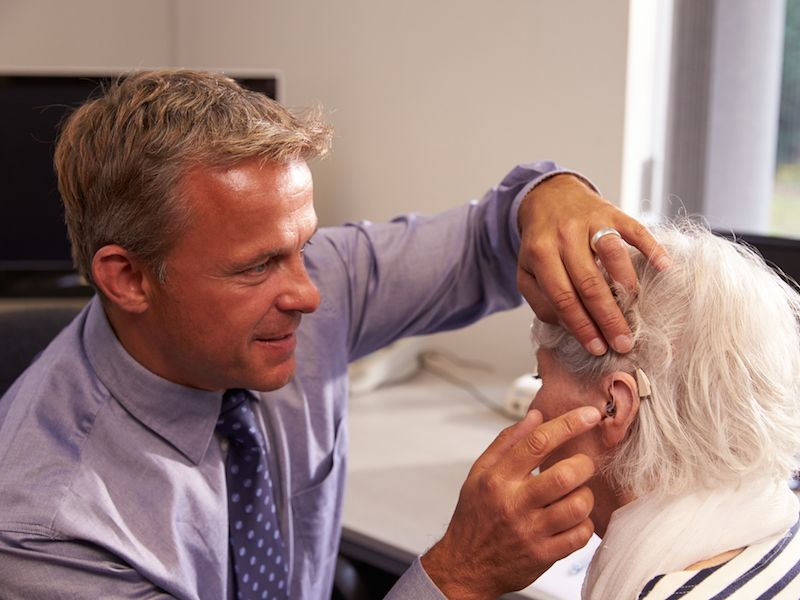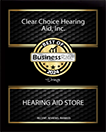
The numbers don’t lie: at some point in your life, you’re probably going to require a hearing aid. A quarter of individuals from 60 to 75, according to an NIDCD study, have loss of hearing and for individuals over 75 this number increases to 50%. But how can you be certain which hearing aid is correct for you when you recognize it’s your best chance of combating hearing loss? Hearing aids used to have problems including vulnerability to water damage and unwanted background noise but modern day hearing aids have solved these types of issues. But to make sure your choice of hearing aid is right for you, there are still things you need to consider.
Look Closely at Directionality
One critical feature you should look for in a hearing aid is directionality, which is the ability for your hearing aid to focus on the particular noise near you (such as a discussion) while reducing background sound to a minimum. Most hearing aids have different directionality packages, which either focus on the noise right in front of you, the sound that’s coming from different speakers, or a combination of those two.
Can You Use it With Your Phone?
It’s become apparent, we’re addicted to our cellphone as a country. Even if you don’t have a smartphone, it’s likely you have an old-style cell phone. And on the unlikely event that you don’t own any kind of cell phone, you likely still have a land-line. So, the way your hearing aid works with your phone is an important concern when you’re looking at hearing aids. How does it sound? Are you capable of discerning voices plainly? Does it feel comfortable? Is it Bluetooth Ready? When looking at new hearing aids, you should take into consideration all of these.
Are You Likely to Use it?
In the past few years, as mentioned above, the technology of hearing aids has significantly improved. One of those advances has been the size and shape of hearing aids, which are a great deal smaller today. But there are certainly pros and cons. A smaller hearing aid may not be as powerful as a larger one, so it mostly depends on your hearing professional’s suggestion and what you want to accomplish with your hearing aid. You can get a hearing aid that fits right in your ear canal and is all but invisible, but it won’t have many of the features available in larger hearing aids and will be prone to earwax clogs. On the other side of it, a behind the ear hearing aid is larger and may be more obvious, but often come with more directionality functions and have more options for sound amplification.
Exposure to Specific Background Noises
Wind interference has been an extreme issue for hearing aid users since they were developed. Being outside during a windy day with a traditional hearing aid once meant that you couldn’t pick up anything but the wind, which is could drive anyone insane. you live in a windy area or if you’re an outdoor person so you’ll want to find a hearing aid that suppresses wind noise so you can have conversations at a normal volume and avoid the headaches that are associated with hearing aid wind noises. Inform yourself about the many different hearing aid options available to you. Give us a call.










